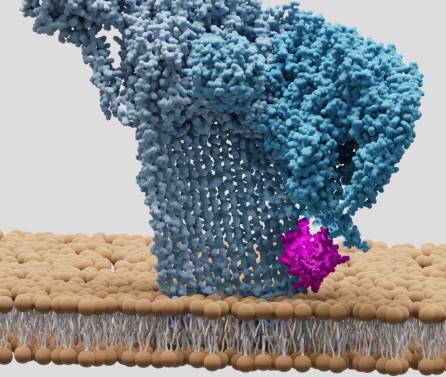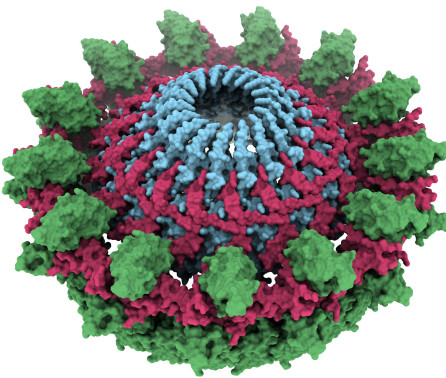BibTex format
@article{Johnson:2016:10.1128/JB.00647-16,
author = {Johnson, R and Byrne, A and Berger, CN and Klemm, E and Crepin, VF and Dougan, G and Frankel, G},
doi = {10.1128/JB.00647-16},
journal = {Journal of Bacteriology},
title = {The type III secretion system effector SptP of Salmonella enterica serovar Typhi},
url = {http://dx.doi.org/10.1128/JB.00647-16},
volume = {199},
year = {2016}
}
RIS format (EndNote, RefMan)
TY - JOUR
AB - Strains of the various Salmonella enterica serovars cause gastroenteritis or typhoid fever in humans, with virulence depending on the action of two type III secretion systems (Salmonella pathogenicity island 1 [SPI-1] and SPI-2). SptP is a Salmonella SPI-1 effector, involved in mediating recovery of the host cytoskeleton postinfection. SptP requires a chaperone, SicP, for stability and secretion. SptP has 94% identity between S. enterica serovar Typhimurium and S Typhi; direct comparison of the protein sequences revealed that S Typhi SptP has numerous amino acid changes within its chaperone-binding domain. Subsequent comparison of ΔsptP S Typhi and S. Typhimurium strains demonstrated that, unlike SptP in S. Typhimurium, SptP in S Typhi was not involved in invasion or cytoskeletal recovery postinfection. Investigation of whether the observed amino acid changes within SptP of S Typhi affected its function revealed that S Typhi SptP was unable to complement S. Typhimurium ΔsptP due to an absence of secretion. We further demonstrated that while S. Typhimurium SptP is stable intracellularly within S Typhi, S Typhi SptP is unstable, although stability could be recovered following replacement of the chaperone-binding domain with that of S. Typhimurium. Direct assessment of the strength of the interaction between SptP and SicP of both serovars via bacterial two-hybrid analysis demonstrated that S Typhi SptP has a significantly weaker interaction with SicP than the equivalent proteins in S. Typhimurium. Taken together, our results suggest that changes within the chaperone-binding domain of SptP in S Typhi hinder binding to its chaperone, resulting in instability, preventing translocation, and therefore restricting the intracellular activity of this effector. IMPORTANCE: Studies investigating Salmonella pathogenesis typically rely on Salmonella Typhimurium, even though Salmonella Typhi causes the more severe disease in humans. As such, an understanding of S. Typhi
AU - Johnson,R
AU - Byrne,A
AU - Berger,CN
AU - Klemm,E
AU - Crepin,VF
AU - Dougan,G
AU - Frankel,G
DO - 10.1128/JB.00647-16
PY - 2016///
SN - 1098-5530
TI - The type III secretion system effector SptP of Salmonella enterica serovar Typhi
T2 - Journal of Bacteriology
UR - http://dx.doi.org/10.1128/JB.00647-16
UR - http://www.ncbi.nlm.nih.gov/pubmed/27920299
UR - http://hdl.handle.net/10044/1/43546
VL - 199
ER -

